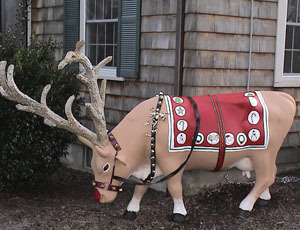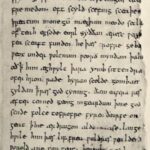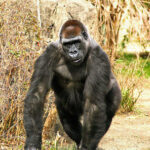With so many CG animated movies being released these days like Shrek, Beowulf, Happy Feet and others, it is always nice to look back and see how the animation has evolved before fully CG made movies were around. One great example is the holiday classic Rudolph the Red-Nosed Reindeer. Made in 1964, Rudolph looked less like Snow White and more like King Kong in the style of animation and still impresses viewers today. Here is a look at the process and technique used to create this movie that still airs annually to this day.
One of the most important things in animated movies are the characters. No matter what kind of animation the movie is, characters need to have an appeal to them, like Sully and Mike from Monsters Inc., Shrek and Donkey from Shrek, or Mater from Cars. The key in Rudolph was right in the title, Rudolph himself. All of the puppets are made using a skeletal armature that is the basis for all of their movements and that is covered in fur or skin and stuffing underneath, to help give the reindeer girth. Rudolph was particularly challenging because not only did they have to set up the face, but also added in Rudolph’s lighted nose. The skin on all of the reindeers was made using felt and felt was also used for many of the elves clothes.
Recording stop-motion animation is a lengthy process and one minute of film can take over a week to shoot. Examples of other stop-motion projects like Rudolph are King Kong, The Nightmare Before Christmas, and Wallace and Gromit. To figure out how long it takes, lets break it down into simple math. The average movie shoots in 24 frames of film per second, so that is like taking 24 pictures. So to achieve one second of film for the Rudolph movie, 24 different pictures needed to be shot.
It is not as simple as snapping a picture though. Everything in the scene needs to have particular attention because if something is off or becomes unaligned then the whole scene will be scrapped and needed to be reshot. After one picture is taken, every object on the screen is checked and adjusted as needed. In some cases with a facial expression changes greatly then a whole new head will be put into place for a character
Because of the time that the recording process takes just for the animation, the voices need to be recorded before to make sure that the puppets mouths will match with the words. This was even more challenging for the Rudolph movie because there is a lot of singing.
Through a lot of hard work and details Rudolph the Red Nosed Reindeer came to life and instantly became a holiday favorite among many families and has fan sites and followings. In 2005 there was even a remastered high definition version released to update this Christmas classic.




